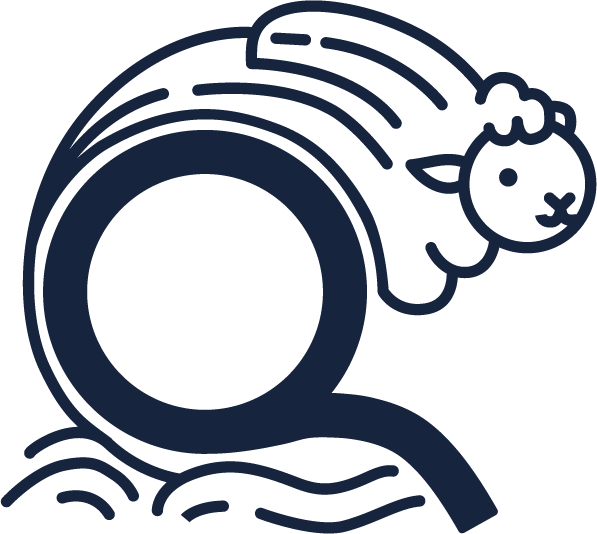Abstract: Within the quantum information triumvirate of computing, sensing, and networking, quantum networks function as the glue to connect, entangle, and scale quantum resources. From secure communications to distributed quantum computing, quantum networks—and their ultimate synthesis, the quantum internet—are essential to realize the potential of quantum information on global scales. In this tutorial, I will overview the foundations, achievements, and opportunities for quantum networks, with a particular emphasis on practical implementations. After introducing the basic services a quantum network should support, I will survey the two-decade history of deployed testbeds, noting the recent transition from a near-exclusive focus on quantum key distribution to more generic entanglement services. Case studies in flex-grid quantum networking will then highlight the promise of integrating quantum capabilities into the existing lightwave communication infrastructure. Finally, to conclude I will summarize outstanding challenges and suggest milestones by which to gauge future research. Throughout the discussion, I hope to show that, while far from easy, the long and winding road to the quantum internet is not only worth the journey, but has already reaped major dividends along the way.
Bio: Joseph M. Lukens received the B.S. degree in electrical engineering and physics in 2011 from the University of Alabama, Tuscaloosa, and the Ph.D. degree in electrical engineering from Purdue University, West Lafayette, Indiana, in 2015. Employed as a Wigner Fellow and Research Scientist in Quantum Information Science at Oak Ridge National Laboratory (ORNL) from 2015–2022, he now serves as Senior Director of Quantum Networking and Research Professor at Arizona State University, maintaining a joint faculty appointment at ORNL. His research interests encompass a variety of topics in photonic quantum information processing, optical networking, and Bayesian inference.
